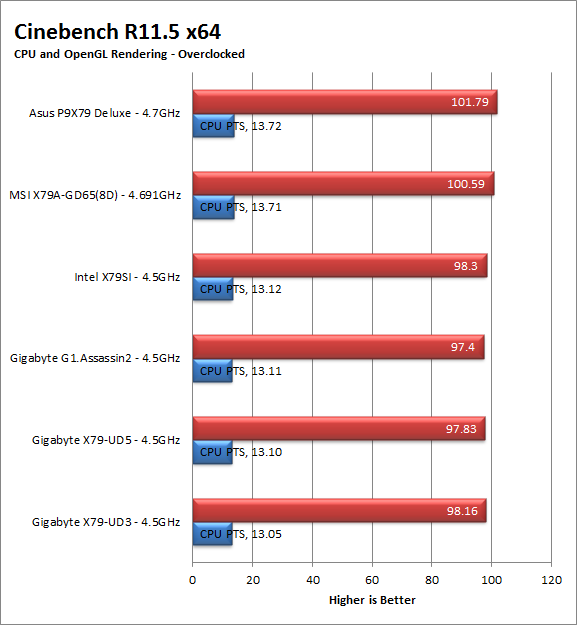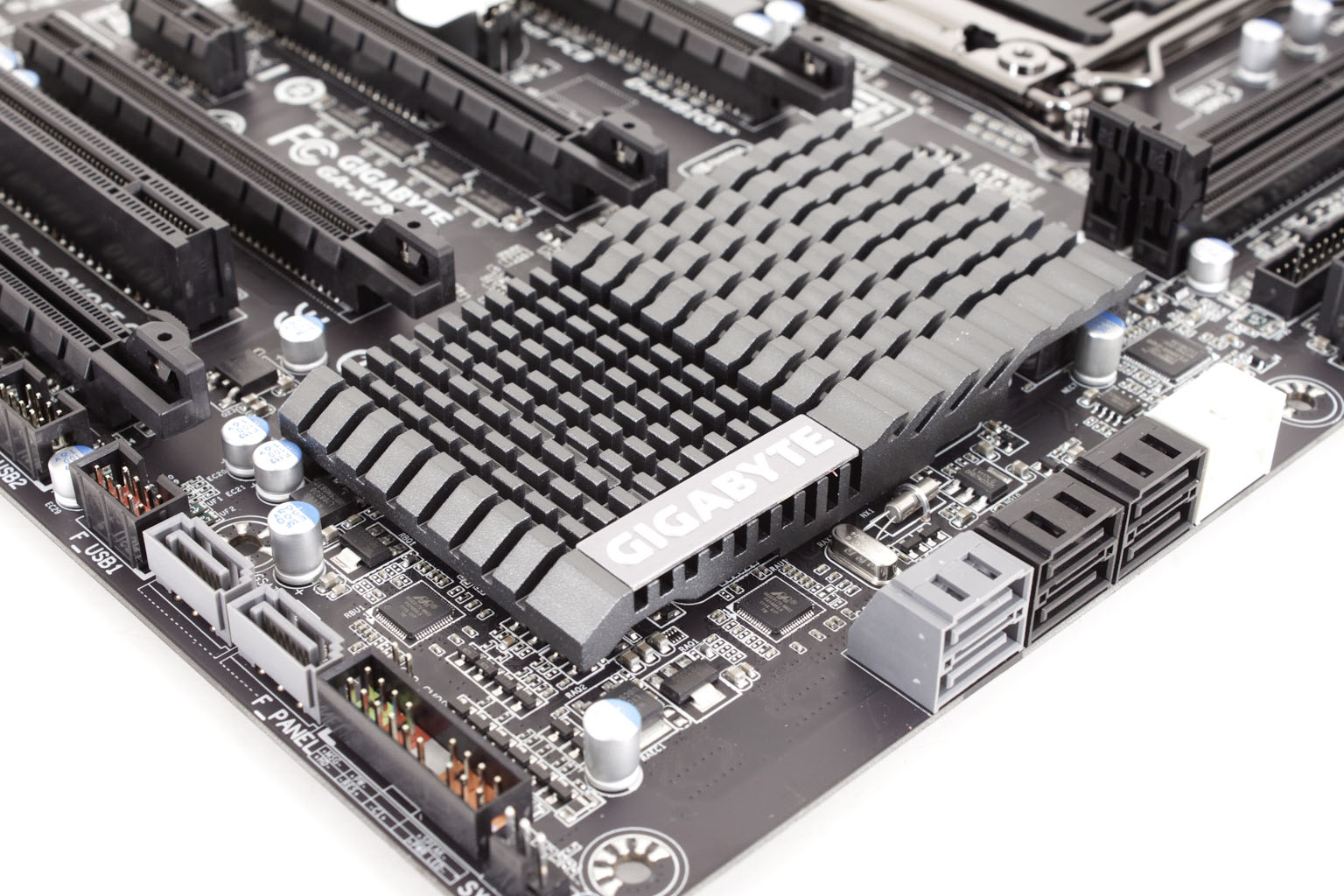Section II - Performance Tests
Synthetic -
In this section of testing we cover the synthetics. These are tests that run a scripted sequence of internal APIs or that use another installed application to perform a series of scripted events. They are great in that they can provide reproducible results across various platforms. On the down side, synthetic tests can be fooled with driver tweaks and optimizations. In some cases it is necessary to rename the .exe file to something generic to discover if this is the case. In any event when this is needed (when a test shows a drastic difference in performance over the renamed exe) we will note this and show both results for comparison.
PCMark7 -
PCMark7 is the latest general performance test from FutureMark. As each generation of this benchmark has evolved and developed we have watched them add more and more realistic tests to this suite. With this generation we find more media tests, (audio and video transcoding) moving of large files, multiple web page rendering, and much more (the even added DX10 gaming). We use the Overall Performance and Common Usage suites in our testing.We are also adding additional tests as we move forward with this review we have added the Creativity Suite.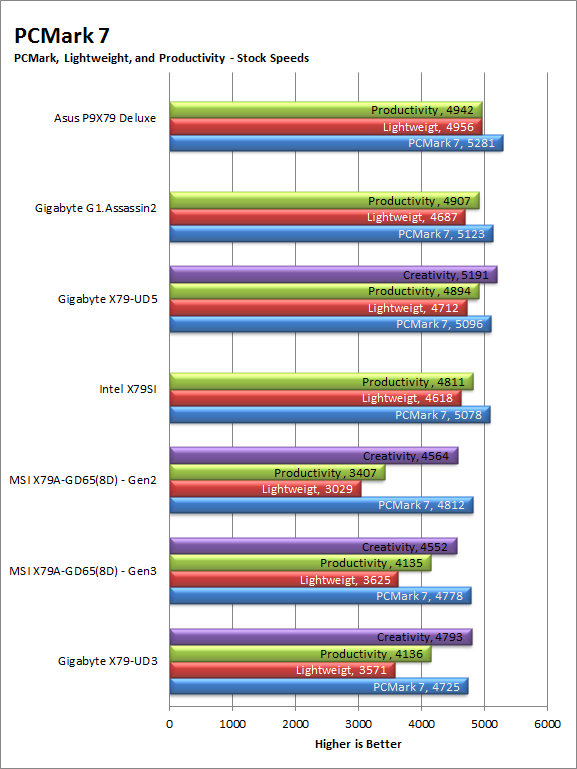
It is under PCMark7 where we see that UD3 start to fall a little behind. We were more than a little surprised to see the scores fall the way they did. Even overclocked the UD3 came in at the bottom of the pile. Don’t get me wrong here; the X79-UD3 is still going to still do the job for you, but it might not get it done as fast as other X79 boards out there.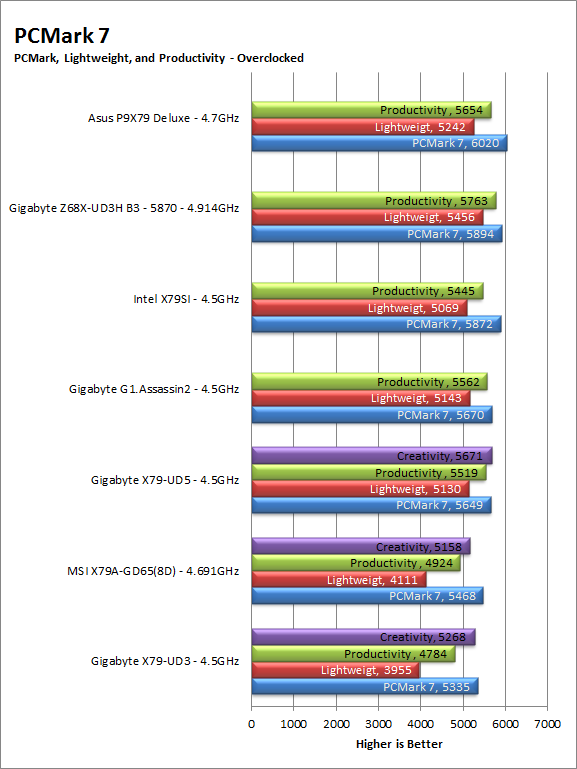
3DMark 11 -
3DMark 11 is the other Futuremark test that we run on our motherboards. This test simulates the typical tasks that a GPU (and system) would have to perform to provide you with a good gaming experience. It is based on the DX9, DX10 and DX11 engines but can only be installed on Windows Vista or later. The suite of tests covers DX9, DX10, and of course DX11 rendering; it also covers AI computations and physics. That’s right I said Physics the latest version of 3DMark uses a Havok physics engine. This removes the advantage that nVidia had with 3DMark Vantage. 
With 3DMark 11 the X79-UD3 did a little better, but not by much. It managed to outperform the MSI X79A-GD64(8D) but only when we were using the Gen 2 slots on that board. Our concerns for the latency we saw and the slower SATA 3.0 performance could be popping up here. 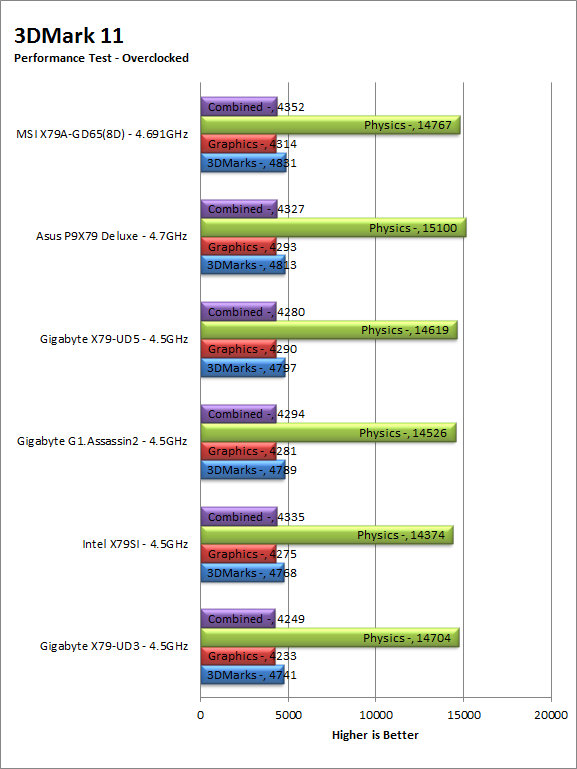
HyperPi 0.99b -
HyperPi is a front end application that allows you to easily run multiple instances of the SuperPi application. SuperPi, for those that are not familiar with it, is an application that measures the time it takes to calculate the number Pi out to as many as 32 million places. This calculation is then checked and run multiple times (up to 24 for a 32M run). This test stresses the CPU, Memory and HDD as data is handed off between the three. If there is a weak link, HyperPi will show it. For our testing we run the 32M test on as many cores (and threads) as the CPU has available. The slowest CPU time is then recorded. 
Running HyperPi the UD3 makes something of a comeback and we see if pull ahead of the UD5 and the MSI X79. This is good news for our render and transcoding tests as both of those need fast calculations along with stable HDD to memory to CPU transfer; just like HyperPi does.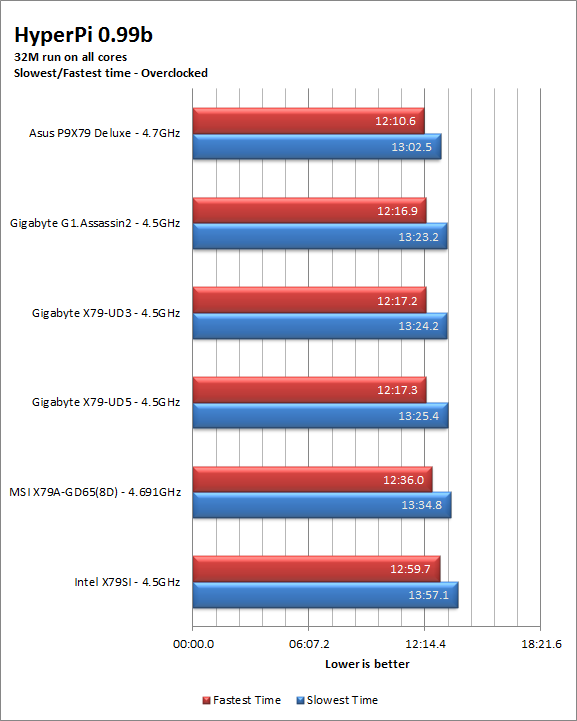
Cinebench R11.5 -
Cinebench R11.5 is the 11th release of Maxon’s rendering test. This test is based off of the Cinema 4D engine, which is one of the industry standard tools for digital animation. It is a powerful product with many different modules that can be “plugged” into it to increase its effectiveness. With Cinebench you get to see how your computer would do using this application. There are two tests; one tests the CPU’s ability to render an image across multiple cores or threads. The other tests your systems ability to handle OpenGL based rendering. 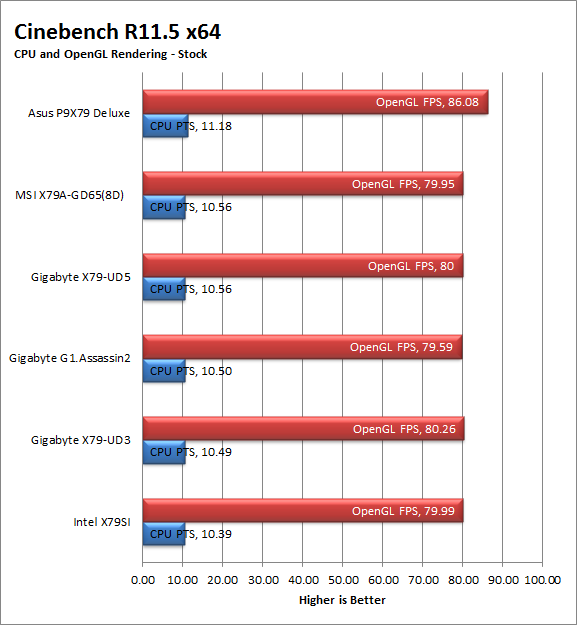
We did have hopes to see good scores here, but they just did not materialize. The X79-UD3 is faster than Intel’s stock board, but from there the others start to pull away. The good news here is that the UD3 costs less than the other boards in our testing group, which does help offset some of the performance here (and put it into perspective).
